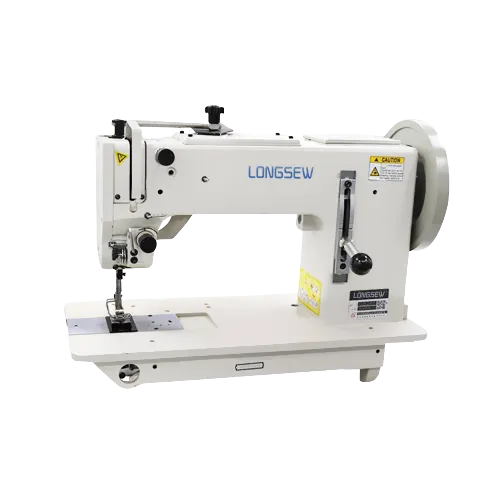Choosing the Best Serger for Your Sewing Projects and Needs
What Is a Good Serger?
When it comes to finishing fabric edges and creating professional-looking garments, a serger, also known as an overlock machine, is an essential tool for sewists. Unlike traditional sewing machines, sergers use multiple threads to create stronger seams and quickly finish raw edges, preventing fraying. This article will explore what constitutes a good serger and help you make informed choices if you're considering adding one to your sewing arsenal.
Key Features of a Good Serger
1. Threading System A good serger should have an intuitive threading system. The easier it is to thread, the less time you will spend in frustration. Many modern sergers come with automatic or color-coded threading paths, which simplify the setup process. Some even feature air-threading mechanisms, making it as simple as inserting the thread and pushing a button.
2. Number of Threads Depending on the types of projects you engage in, the number of threads can significantly affect the versatility of your serger. Most basic sergers offer 3 or 4 thread options, but some advanced models provide up to 5 threads. The ability to use multiple threads allows for various stitch types, including rolled hems, flatlock seams, and even coverstitching.
What Is a Good Serger?
4. Differential Feed This feature allows you to adjust the feed dogs' speed, helping achieve even stitching on various fabric types. It is invaluable when dealing with stretchy or slippery fabrics, ensuring that the result remains flat and consistent. A good serger will have a smooth and easy-to-adjust differential feed mechanism.
what is a good serger

5. Speed and Power The speed of a serger can influence your productivity. Models with a high sewing speed enable you to finish projects more quickly. However, a good serger also strikes the right balance between speed and control, ensuring that sewers can maintain precision without compromising quality.
6. Build Quality and Stability A sturdy, well-constructed serger ensures longevity and consistent performance. Lightweight or flimsy machines can vibrate during operation, leading to uneven stitching. Opt for a serger with a solid base to minimize movement and maintain consistent results.
7. Ease of Use A user-friendly interface with easy-to-read dials and knobs can make a world of difference. Look for sergers with clear manuals, instructional videos, and possibly even online support from the manufacturer to help you navigate the learning curve.
8. Accessories and Attachments A good serger often comes with essential accessories, like additional feet (for rolled hems or piping), thread nets, tweezers, and other useful items. These tools can enhance the versatility of your serger, allowing you to tackle a broader range of projects.
9. Customer Support and Warranty Finally, consider the customer support offered by the manufacturer and the warranty. A long warranty can provide peace of mind, signaling that the company stands behind its product. Good customer service is essential when troubleshooting issues or accessing replacement parts.
Conclusion
Investing in a good serger can elevate your sewing projects, allowing you to create professionally finished garments and crafts with ease. Keep in mind the features that matter most to your specific needs, such as the number of threads, ease of use, and available stitch options. Regardless of whether you're a beginner or an experienced sewist, a high-quality serger can be a game-changer in your sewing journey, providing you with the tools necessary to explore new techniques and enhance your creativity.
-
Industrial Cylinder Arm Sewing Machine: Revolutionizing Heavy-Duty SewingNewsJul.28,2025
-
Cylinder Arm Sewing Machine: Perfect for Special Sewing ApplicationsNewsJul.28,2025
-
Cylinder Bed Sewing Machine: Essential for Sewing Complex MaterialsNewsJul.28,2025
-
Heavy Duty Sewing Machine: The Essential Tool for Industrial ApplicationsNewsJul.28,2025
-
Computerized Pattern Sewing Machine: Revolutionizing Precision StitchingNewsJul.28,2025
-
Heavy Duty Industrial Sewing Machine: Power Meets PrecisionNewsJul.28,2025
-
Leather Sewing Machine: The Industrial Standard for Tough MaterialsNewsJul.18,2025





























